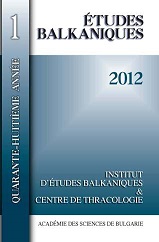

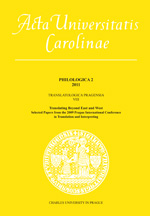
What do contemporary Western readers know about Wang Wei, an eighth-century Chinese landscape and pastoral poet? How has his image changed in and linked with the receiving culturalsocial- historical context over the past one hundred years? This paper aims to sketch out the history of the reception and representation of Wang Wei, one of the most translated Chinese poets in the English-speaking countries, Britain and North America in particular. The argument is that Wang Wei’s poetry, which involves the imagery of landscape and spirituality, fits into the revolution of English literary Modernism and the development of cultural politics in the twentieth century. After a brief introduction to Wang Wei’s life and poetry, I will discuss how literary, cultural and social norms in the target system have affected the way Wang Wei and his poetry is translated and represented in English since the beginning of the twentieth century. The translation and research focus, even of the same poem, shifts within different social contexts and historical periods.
More...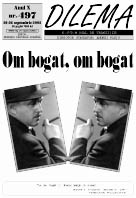
Keywords: Cotroceni Presidential Palace as a political symbol;
Pavel Câmpeanu uses West Side Story famous name to describe the Cotroceni Palace, the official residence of the President, but, even more, to describe the actual political situation in Romania.
More...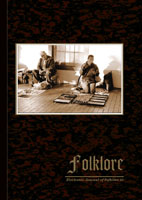
Keywords: Amazonian perspectivism; Chinese literature; Chinese philosophy; cosmology; Daoism; Journey to the West; perspectivism: Zhuangzi
Perspectivism as a cosmology, according to which all beings perceive themselves as humans, has been discussed mainly in connection with the Amazonian region, for the term perspectivism stems from Eduardo Viveiros de Castro, who applied it to the indigenous worldview of that particular region. To a lesser extent, it has also been studied in North Asia and some other hunter-gatherer societies. In this article I wish to demonstrate that perspectivism may be more widespread than previously thought, and its occurrence is not necessarily limited to hunter-gatherer cultures. Perspectivism can also be found in pre-modern China, which can be seen from such well-known texts as Zhuangzi (4th–3rd century BCE) and Journey to the West (16th century). The connecting link that makes the occurrence of perspectivism possible both in South America and East Asia is probably shamanism, which is present in both of these regions. It is characteristic of Chinese perspectivism that the multiple perspectives are not equal, but there is one proper perspective that is at the same time also the moral perspective. Chinese cosmology can contribute to the understanding of American perspectivism with its concept of cosmological relations, which fits the model of perspectivism.
More...Keywords: Saint Paisios of the Holy Mountain; spiritual life; monk; eternal life; monastic vestments
In the last decade, many books of the contemporary fathers from Mount Athos, but also of spiritual fathers from other Orthodox countries were published. All this books are full of advices relating to the spiritual life of the monk. The spiritual dialogues of Saint Paisios of the Holy Mountain remain very actual and necessary. In an agitated and confusing world, the advices of Saint Paisios are hopeful, joyful and encouraging whoever reads them. The monastic life, as the Fathers lived it and have defined it, is a way to foretaste the eternal life in the present. The monk, confident that he is waiting on another life, leaves this world and this life, with all its values, and strives to forge and to maintain in mind and in his heart, under his humble vestments and behind his poorly appearance, a very unearthly condition of his spirit’s crucifixion.
More...
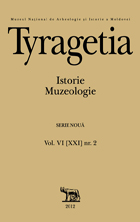
Keywords: Irenaeus Protcenco; religious painter; icon; museum collection
The name of Irenaeus Protcenco (1888-1953), whose icons were in great demand in the interwar period and whose mural painting once adorned famous churches and chapels of Bessarabia, the Ukraine, and Romania, are now little known.The famous icon painter created his works in great love for God. Although he did not sign his icons, they can be unmistakably recognized through the unique style.Born in Ukraine in a noble family and named Ioan, he graduated from the Kiev Academy of Fine Arts and his graduate work was painting of the Suruceni monastery (1907-1909).Later he worked in Chişinău, where he became great religious painter, the author of highly artistic miniatures, engravings with enamel, and icons for iconostases. The last years of his life he spent in Romania, at the Sihăstria Monastery, where he created probably the most beautiful and significant of his works. Here he died in the summer of 1953, three days after the adoption of the monastic vows under the name of Irenaeus. Those who know his works suggest that the most beautiful icons created by this great painter are dedicated to the Virgin. Of these the most significant are “Axion Estin”, “Prodromiţa”, and “Sweet Kiss”. But the most valuable icon of the painter is “Our Lady of Sorrows” from the chapel of Sts. Joachim and Anna at Sihăstria.In the collection of the National Museum of Archaeology and History of Moldova there is kept a similar icon painted by Irenaeus Protcenco. It recalls the endless grief of the Mother about Her Son crucified on the cross.
More...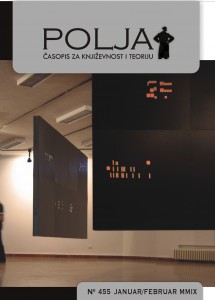
Krajem dvadesetog veka fotografija je prihvaćena ne samo kao priznata umetnička forma, već konačno i kao vodeća. Na zidovima galerija, privatnih zbirki i muzeja, fotografija velikog formata sve češće zamenjuje tradicionalnu sliku. U javnosti, njoj već odavno nedostaje, pre svega, onaj revolucionarni i avangardni patos, još uvek karakterističan za napade fotografa 60-ih i 70-ih godina na tradicionalnu privilegovanost slikarstva. Prelaz sa slikarstva na fotografiju odvijao se pred našim očima prirodno, na šta nam, pre svega, ukazuje bezbrižnost kojom fotografija danas preuzima tradicionalne zadatke slikarstva, a koje se i samo slikarstvo ne usuđuje više da ispunjava.
More...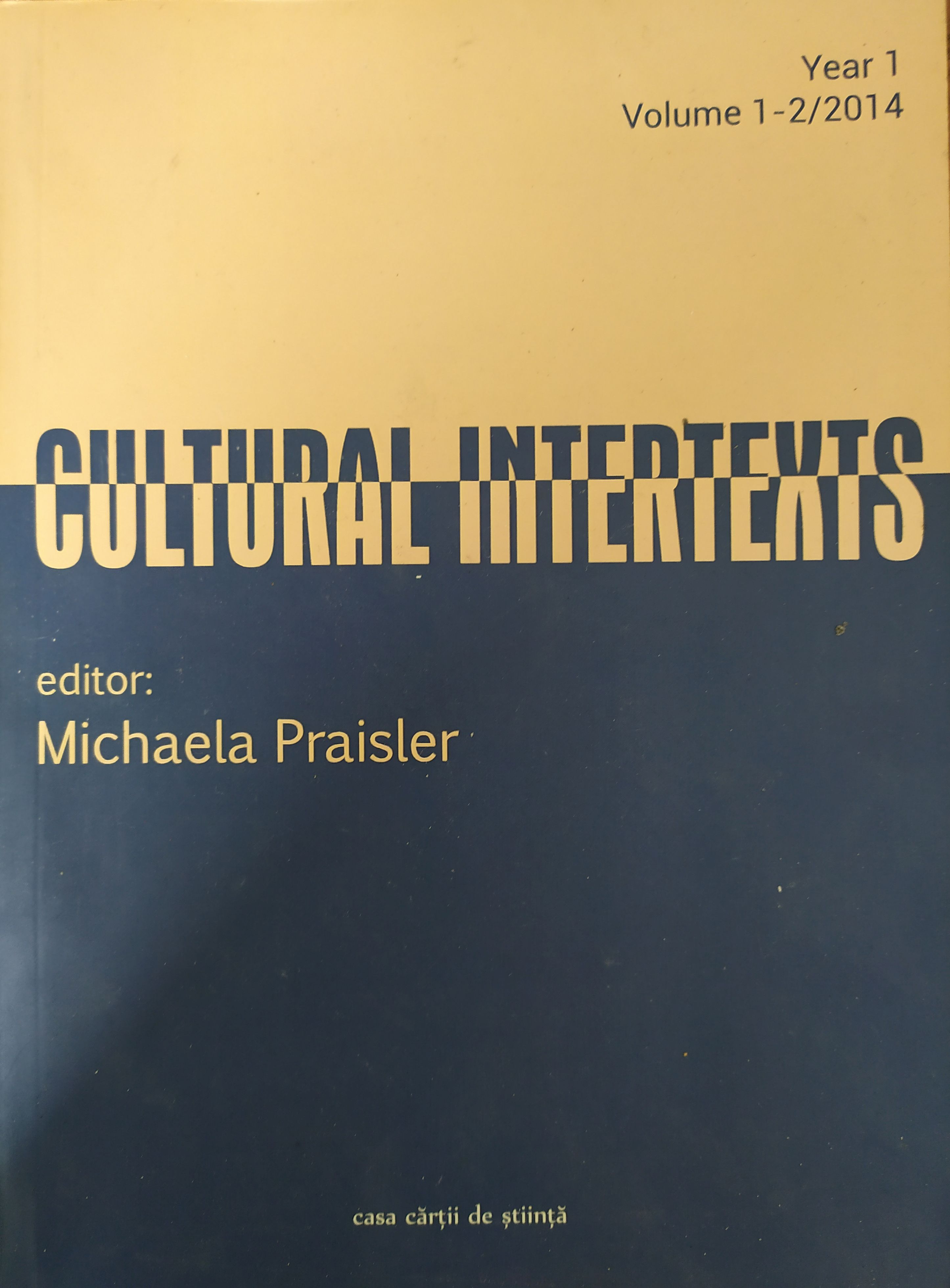
Keywords: travelogues; stereotype; culture; authority/power; imperialism;
Writing has always been, inter alia, an effective means of manipulation or, at least, of forming opinions. Travel writing is one form of writing by means of which authors relate their impressions about places and people they visited, about societies and cultures they encountered; some of them, if not all, also create certain images and strong opinions in the minds of the readers about the things they read of, all the more so if the readers have never had the chance to visit the places themselves. We are all, therefore, subject to influence, we are the product of what we read and, generally, of the things and ways we are taught. The present article will try to explore Aldous Huxley’s travel writing in order to understand how much of it is fiction, and how much are the writer’s real subjective impressions and opinions, on the one hand; and, on the other hand, the fiction part will be scrutinized in order to identify clichés, i.e. ’the rhetorical figures one keeps encountering in [...] descriptions of the ‘’mysterious East’’, as well as the stereotypes about the African (or Indian or Irish or Jamaican or Chinese) mind’, as Edward Said (1994: xi) so rightfully puts it. At the same time, one is to be aware of the fact that, even if Huxley’s travel writing is, to some extent, subject to such stereotyped thinking, he nevertheless alters to some degree both this typical thinking and the reality itself through his subjective perceptions (which continuously modified themselves all along his life and career) - a reason why his travel writing is congenially different from one stage to another.
More...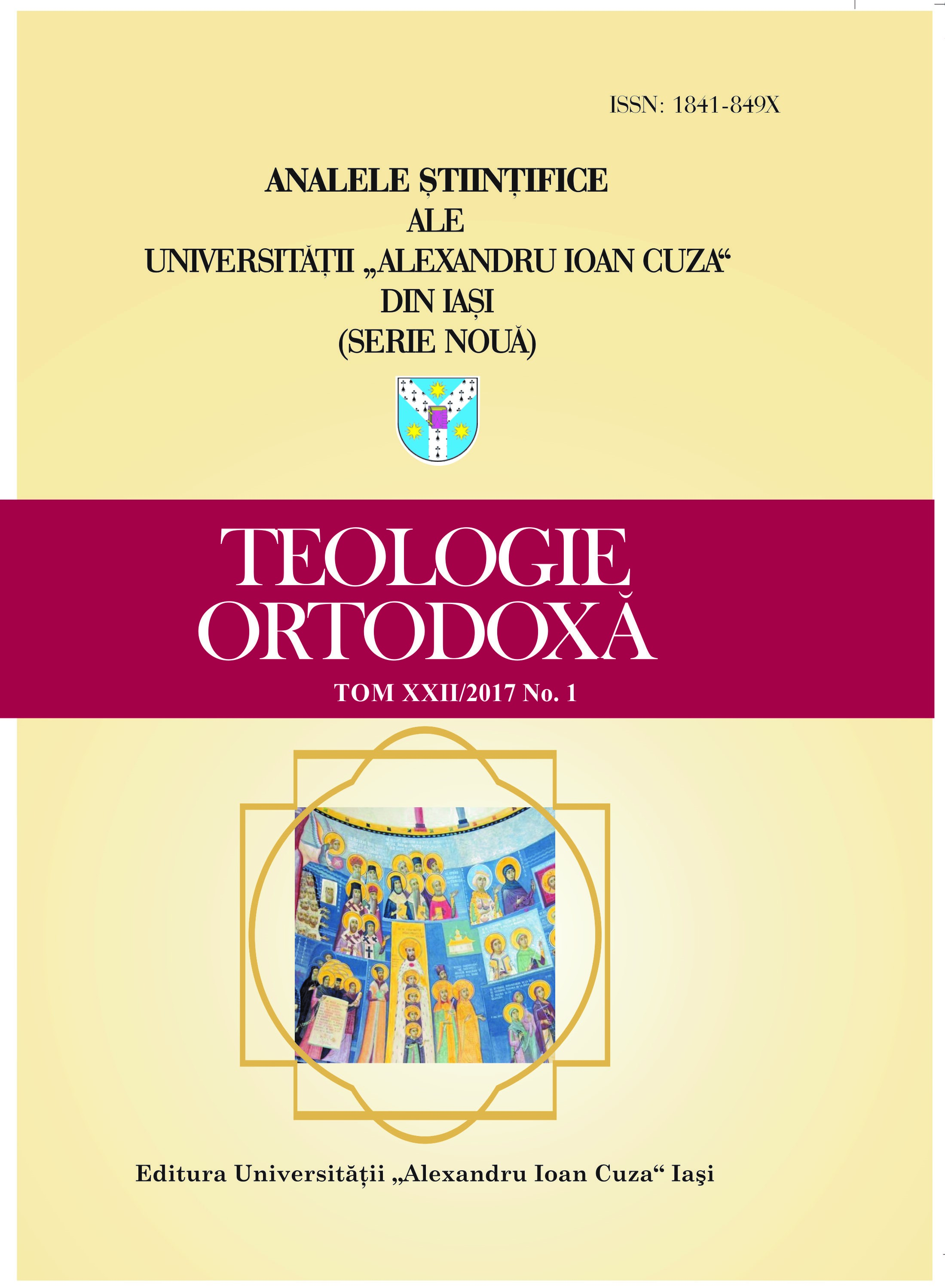
Keywords: serpent; Bible; Hinduism; Buddhism; nāga; globalization
The serpent is a religious symbol with numerous and varied meanings. This article is broadly approaching the symbolism of the serpent in two distant geographical and religious areas (East and West), referring especially at different meanings of the serpent in few selected sources. According to the Bible and Judeo-Christian tradition, the serpent is the symbol of the principle of evil. In Hinduism and Buddhism are present both negative and positive meanings of the serpent. In the context of globalization, the circulation of this symbol from East to West can generate misunderstandings.
More...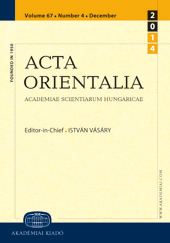
Keywords: Oirat (West-Mongolian) folk culture; Tibetan Buddhism; Mongolian Buddhism; folksong; Oirat dialect; Mongolian mythology;
The Hungarian — Mongolian Joint Expedition aiming to investigate the languages and folk culture of West-and North-Mongolian ethnic groups started its research in 1991. Taking part in the activity of the expedition I had the opportunity to observe the renewed activity of the monks’ communities that became possible due to the political changes in 1990. In this article I will present a few folksongs with Buddhist content recorded from old Dsakhchin monks. This noteworthy new source material substantially contributes to the study of the Buddhist culture among the Mongols. A short description of genre analysis will be attached to each song.
More...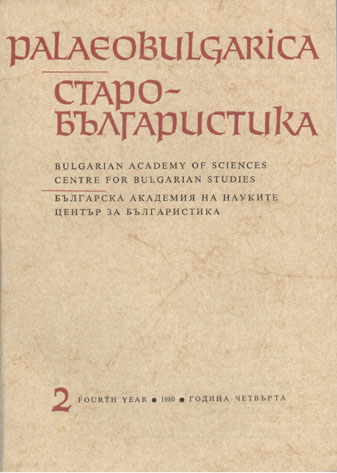
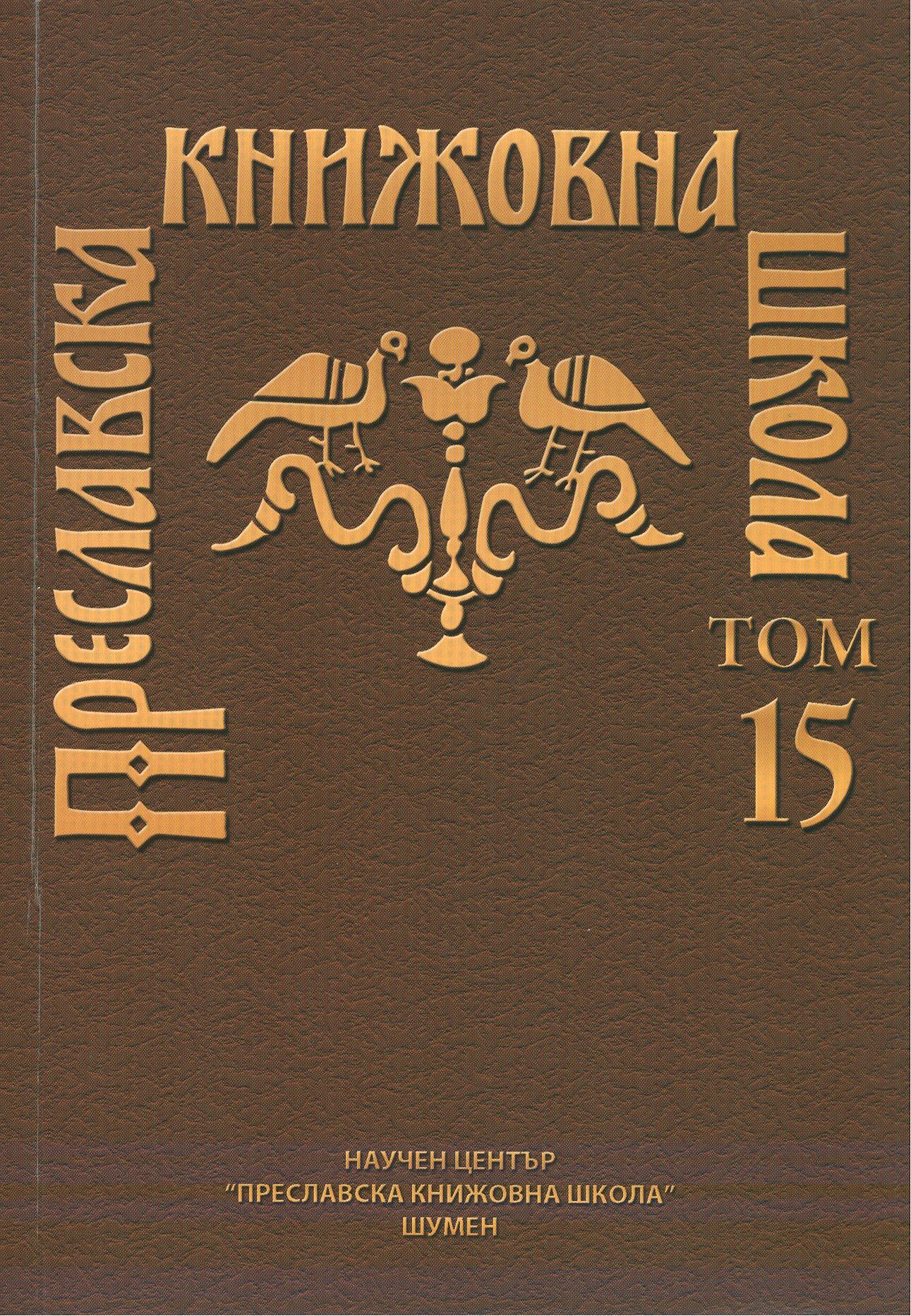
Keywords: The Life of Clement of Ohrid; The Chronicle of the Priest of Duklja; Bulgarian political theology
This article basically discusses the establishment of the Bulgarian state and Church in the period after the Cyril and Methodius’s disciples arrived in Bulgaria in 886. It analyses and explains the reasons for the mistakes (factual and chronological) in the two of the basic historical sources The Life of Clement of Ohrid, written by Theophylact of Ohrid (12th c.) and The Chronicle of the Priest of Duklja – an anonymous Serbian chronicle (12th c.). The political and religious factors that influenced the formation of the Bulgarian political theology in the end of the 9th century are analyzed. One of the main conclusions is that in the end of the 9th c. and beginning of the 10th c. Bulgaria achieved (gained) political and religious independence from Byzantium and Rome.
More...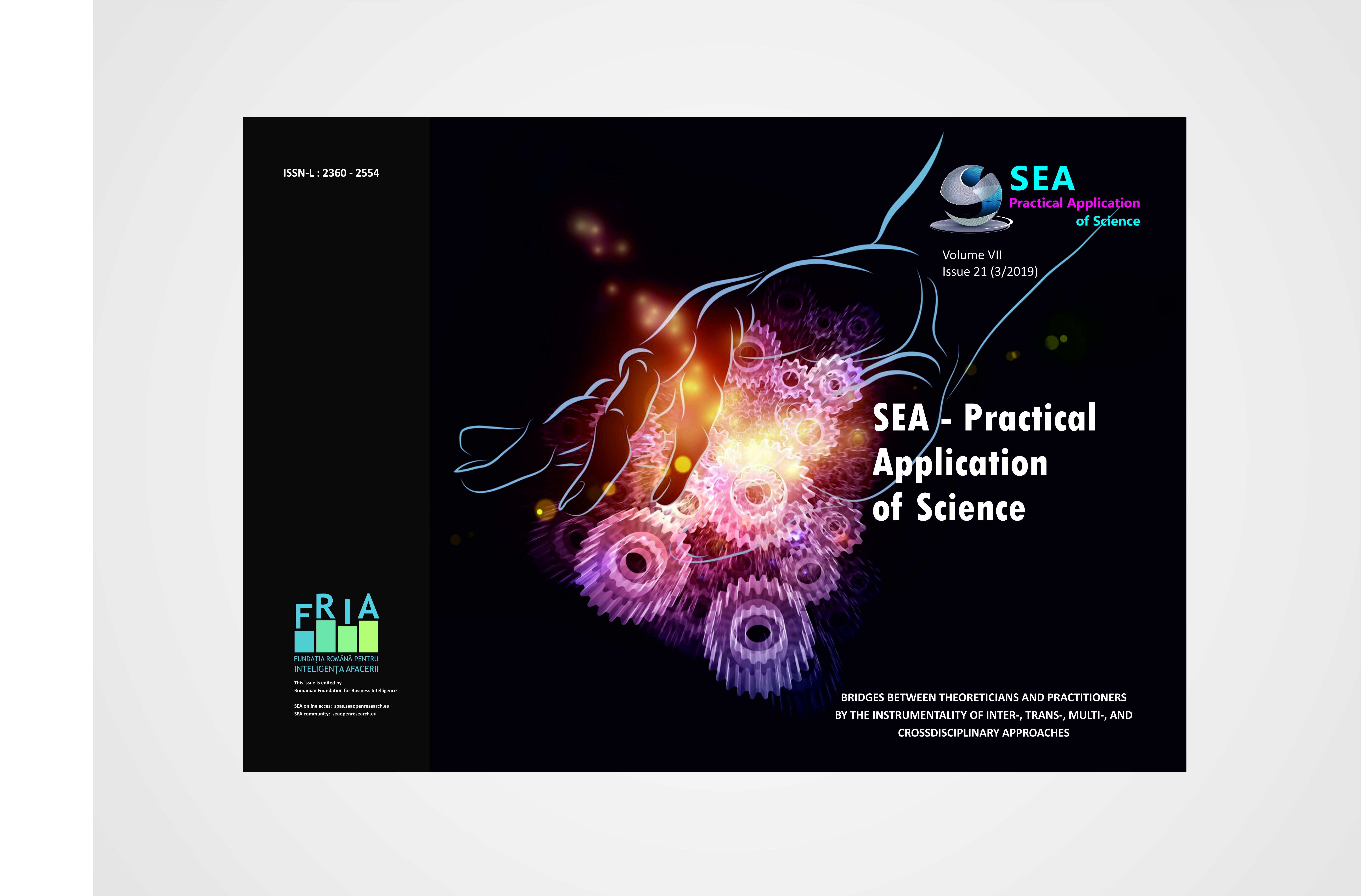
Keywords: Sandu Tudor; Alexandru Teodorescu; Monk Agaton; Orthodoxy; The Burning Bush;
The present study aims to recover the first period of the detention of Sandu Tudor (who had become, meanwhile, the Monk Agaton), the research approach being centered on the analysis of the Archive documents. A simple reading of the file no. 013495, vol. 1 and 2, Criminal fund, located at the Archive of the National Council for the Study of Security Archives (A.C.N.S.A.S.), reveals a collection of disturbing, edifying data on this subject, as we consider. The first sheet of the aforementioned file, vol. 1, is the Cover of the File no. 1811/1950, drawn up by the Bucharest Court, the Third Criminal Section, „Posteucă Dumitru and Teodorescu Alexandru”, with the mention „War crime”. In order to offer the potential reader a more accurate image of the information obtained from the Security Archives and from the memorialistic literature regarding the concentrationary periplus of Father Daniil (Sandu Tudor), a genuine extermination regime at the penitentiaries in Jilava, Poartă Albă and Culmea, we have appealed to an evolutionary, chronological x-ray of the data, so that, subsequently, we could provide a critical, problematizing analysis of our subject from the perspective of the paradoxical ambivalence victim-executioner, representing an opportunity to demonstrate why we consider him a true paradigm of the resistance through hesychia.
More...
Keywords: Sandu Tudor; Alexandru Teodorescu; Monk Agaton; Hieroschemamonk Daniil; The Burning Bush;
After 1990, „Rugul Aprins” (“The Burning Bush”) constituted a research topic that aroused the interest of theologians, historians and people of letters in the Romanian cultural space. The topic is very broad, but in this study we will only follow the configuration of the open warrior destiny of Father Daniil (Sandu Tudor), this `homo religiosus`, who, defying the „culture” of the totalitarian communist state, remained on the coordinates of a `modus vivendi` subordinated to a transcendental order. We also emphasize that the purpose of focusing on Father Daniil Sandu Tudor is, in general, the reconstruction of the complete picture of the totalitarian communist society’s dynamics and, in particular, of the resistance of the Romanian Orthodox Church under the atheist persecution. The sections of the present research approach were, in large part, constituted as an updated radiography of the realities of those times from the perspective of confessors Nicolae Rădulescu and Emanoil Mihăilescu. We believe that the analogy between the two angles of remembrance, mediated by the former students who composed the group „Teodorescu Alexandru and others” represents an efficient technique of reconstructing the historical truth.
More...Keywords: Јоасаф; библиотека; Ватопед; монах; Света Гора; псеудоисторија; П. Мутавџић; Метеори;
Jovan Uroš, the son of Simeon Palaeologus, half-brother of the King and Emperor Stefan Dušan, was the last representative of the Nemanjić dynasty. Having succeeded his father, he was the Emperor in Thessaly for a short period, and then he took the monastic vows and passed away as a clergyman Joasaph short before February 24, 1423. This work refutes the thesis that Jovan Uroš worked as a librarian on Mount Athos and the Meteora, the thesis based on the fictional historical “facts” and nonexistent scientific evidence, presented by PhD Predrag Mutavdžić in the journal Bogoslovlje (Theology, LXIII, 2, 2009, 107–114).
More...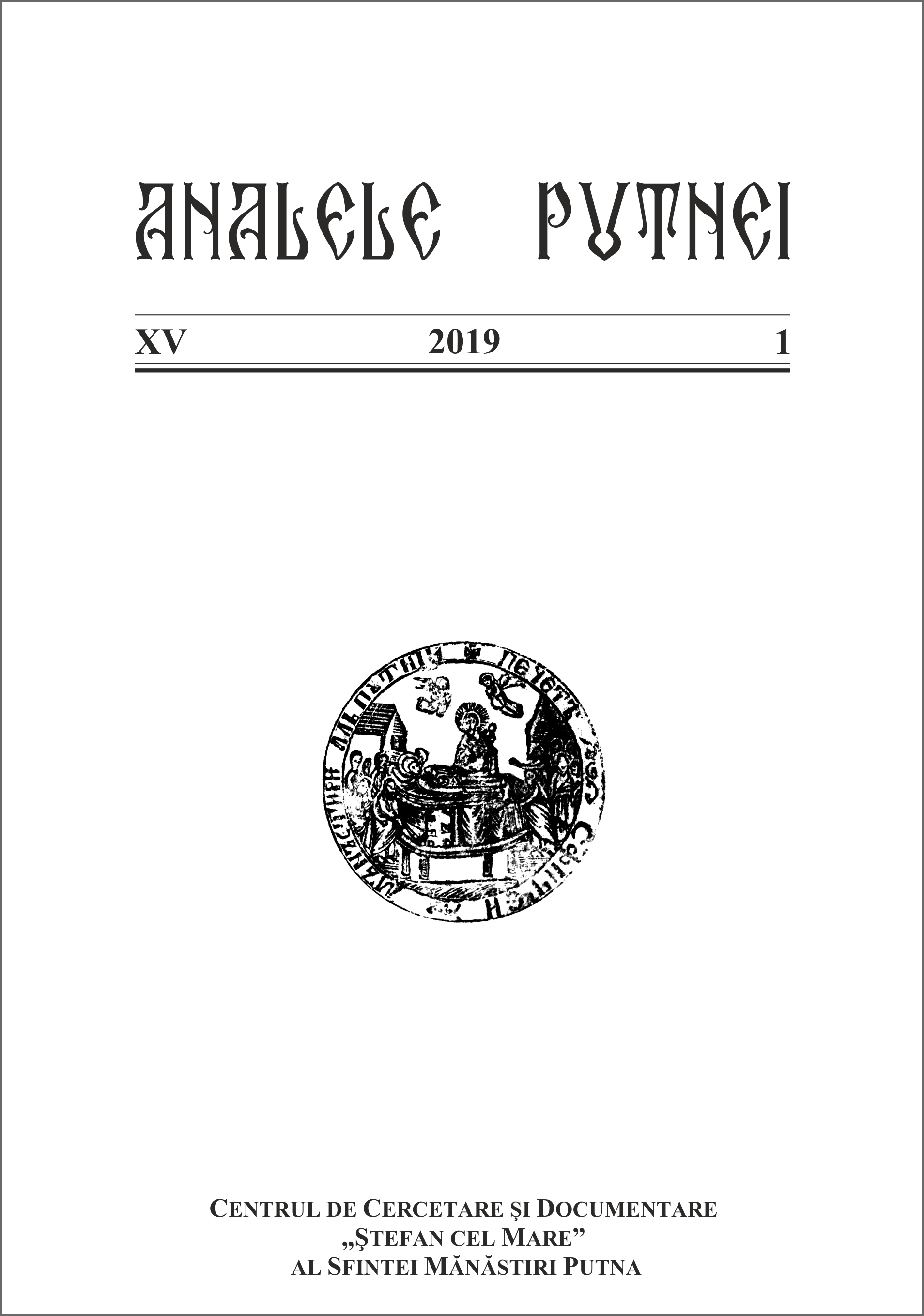
Keywords: Putna Music School; precentor; Paphnutius; Eustathius; Anthology; psaltic chants;
From a scribe’s note on a Triodion from 1525, commissioned for Dobrovăț Monastery (the last foundation of Saint Stephen the Great), we learn of a precentor unknown to musicologists, monk Paphnutius. The present paper argues that this precentor belonged to Putna brotherhood and copied the said Triodion upon the request of hegumen Silouan, the abbot of the monastery at that time. Most probably, monk Paphnutius is the successor of the celebrated precentor Eustathius (the last mention of the latter is from 1515) and contributed to the furthering of Putna Music School in the second quarter of the 16th century.
More...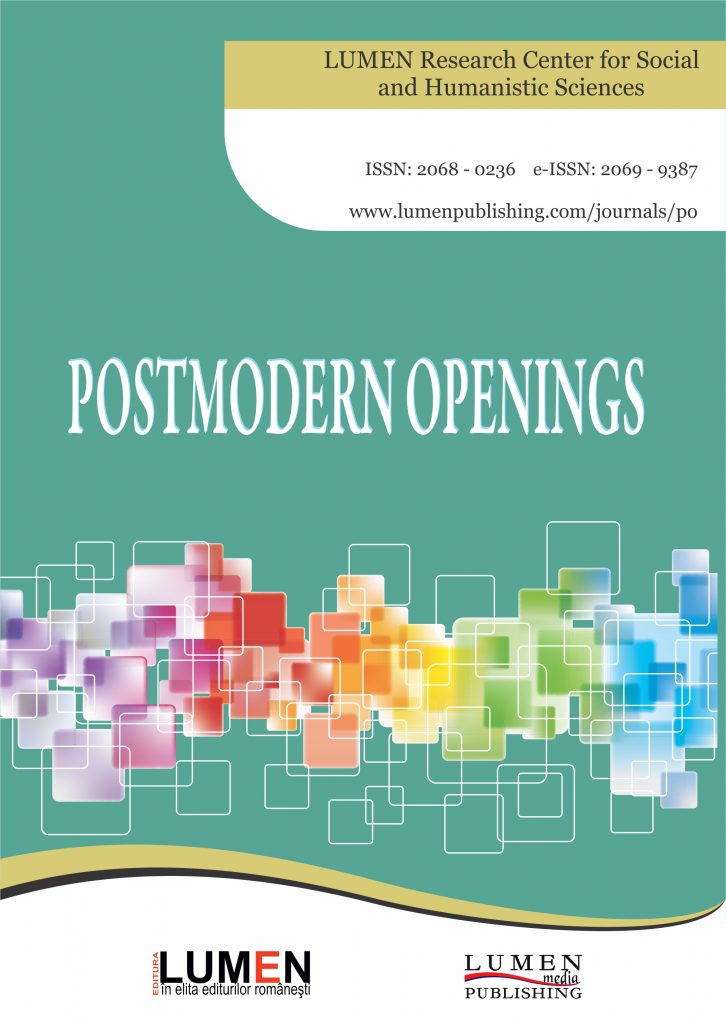
Keywords: Serbian cause;Serbia in Light and Darkness;Christianity and war;Humanism;Anglican Church;Serbian Orthodox Church;
Using documents, books and articles written by Nicola Velimirović during World War I, this article investigates his attitude towards this conflagration and shows how his Christian views influence his outlook on this topic. Shared during his visits to the USA and England and via lectures given in venues like Westminster Abbey or Oxford University, his ideas make him a militant for peace and, at the same time, a man who defends his country's cause in front of the Austro-Hungarian abuses. Investigating his writings from this point of view is important because he manages to show a different face of the future Serbian bishop and brings to the fore his concerns regarding his contemporary society.
More...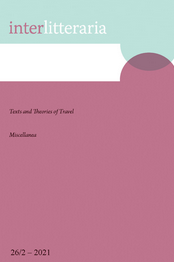
Keywords: Womanland; story of travel; defamiliarisation; foot-binding;
Journey to the West (Xiyou Ji西游记) and Flowers in the Mirror (Jinghua Yuan镜花缘) are two of the best-known stories of travel in ancient Chinese literature. Both works contain descriptions of outlandish sights and foreign customs, particularly the vivid descriptions of the fantastic and outlandish Womanland (Nv’er Guo 女儿国), which embodies traditional Chinese scholars’ understanding of the outside world. Comparativists tend to regard the portrayals of these exotic women and their talents, and the subverted roles of men and women, as the authors’ statements about the inferior status of women in feudal China and their denunciations of the oppression of women. Flowers in the Mirror is seen as more radical in its pursuit of women’s rights and gender equality. This article argues that androcentrism still prevails even in the positive depictions of the expression of women’s desires. Furthermore, the delineation of these exotic women and of supernatural spirits demonstrates the authors’ praise of China’s pre-eminence and its condescending views of foreign places.
More...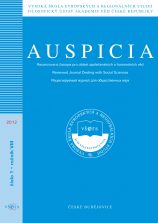
Keywords: Czech Republic; police officers; oaths; vows;
Spoluautoři teoretické studie v širším a užším smyslu za pomoci systému vzájemně propojených metod vědeckovýzkumné práce, zejména metody komparace a metody historické, induktivně deduktivní metodou abstrahují v dané a poukazované výseči společensko-historického vývoje věcný obsah služebních slibů a přísah „příslušníků bezpečnostních sborů“ a to jak se zaměřením na teritoriální území České republiky, tak i vybraných sousedících států.
More...